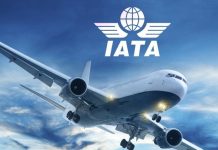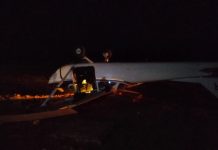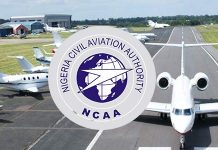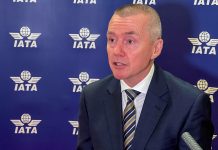As the director general and CEO of IATA, I have the honor of serving and representing a membership of some 290 airlines around the globe. It is a large community of many diverse companies, representing 82% of global traffic. And they compete vigorously for business. That’s why it’s 59% cheaper to fly today than in 1998, after adjusting for inflation.
Interestingly, although there are a great many airlines, there are very few suppliers in the aviation value chain. We have just a handful of airframe, engine, and system makers, and only three global distribution systems through which our fares and schedules are made available to travel agents and online travel agencies around the world. And, with rare exceptions, airlines don’t have a choice of the airport they must use to serve a particular market.
The result of all this concentration among our supplier base is that when it comes to profitability, many parts of the aviation value chain do a lot better financially than airlines. It’s hardly a secret. There’s even an old saying: “You don’t make money running an airline, you make money selling things to airlines.”
That’s also true when it comes to the maintenance, repair and overhaul (MRO) of our aircraft and engines. Market concentration has occurred as the original equipment makers (OEMs) of engines and aircraft systems have grown their MRO activities. Today, much of the MRO market is dominated by the same companies that sell us the stuff in the first place.
That can be a problem, both for airlines and for independent parts producers and maintenance providers. Independent shops may find it difficult or impossible to get access to the shop manual information required for certain repairs, for example. Or OEMs may restrict the use of non-OEM parts in their engines—even though they have been approved as equivalent by government safety regulators. OEMs have required the removal of non-OEM parts – even if still serviceable – as part of a repair or maintenance event and have denied warranty coverage upon the discovery of non-OEM parts or repairs.
Our members feel this when they pay their MRO bills. And they have asked IATA to make it a priority to “rebalance the value chain.”
So, we brought the situation of excessive power in the aftermarket to the attention of the European Commission. Our motivation was to help our member airlines to be able to negotiate contract terms more effectively and with more options than the OEM community was permitting.
Over the past summer, we reached a landmark agreement on a code of conduct with one of the OEMS—CFM International—which is a 50/50 partnership between GE Aviation and Safran Aircraft Engines. It is a pragmatic approach bolstered by a set of enforceable “Conduct Policies”. For example, CFM will license its shop manual to an independent MRO facility even if it uses non-CFM parts; it will permit the use of non-CFM parts and repairs by licensees of the shop manual and honor warranty coverage of CFM parts on a CFM engine even if contains non-CFM parts or repairs.
By addressing key issues like this, the agreement will make the MRO market more competitive for the most popular engine in the world – the CFM56 series, which powers the vast majority of narrow-body aircraft flying today – as well as CFM’s new LEAP engine and other models. GE, moreover, has agreed to apply the Conduct Policies to other commercial aircraft engines that it produces in its own right.
This code-of-conduct has potential beyond CFM and GE. It can become a template for similar agreements with other suppliers.
As important as this agreement is to the financial health of our members and to a more competitive market for MRO services, I’d like to highlight another aspect: it is the product of a collaboration. Both sides worked together to create a solution that each could live with. Is it perfect? Probably not. But aviation continues to be a partnership built on trust and decades of working closely together. In the end, that helped us to find common ground and move forward.
















